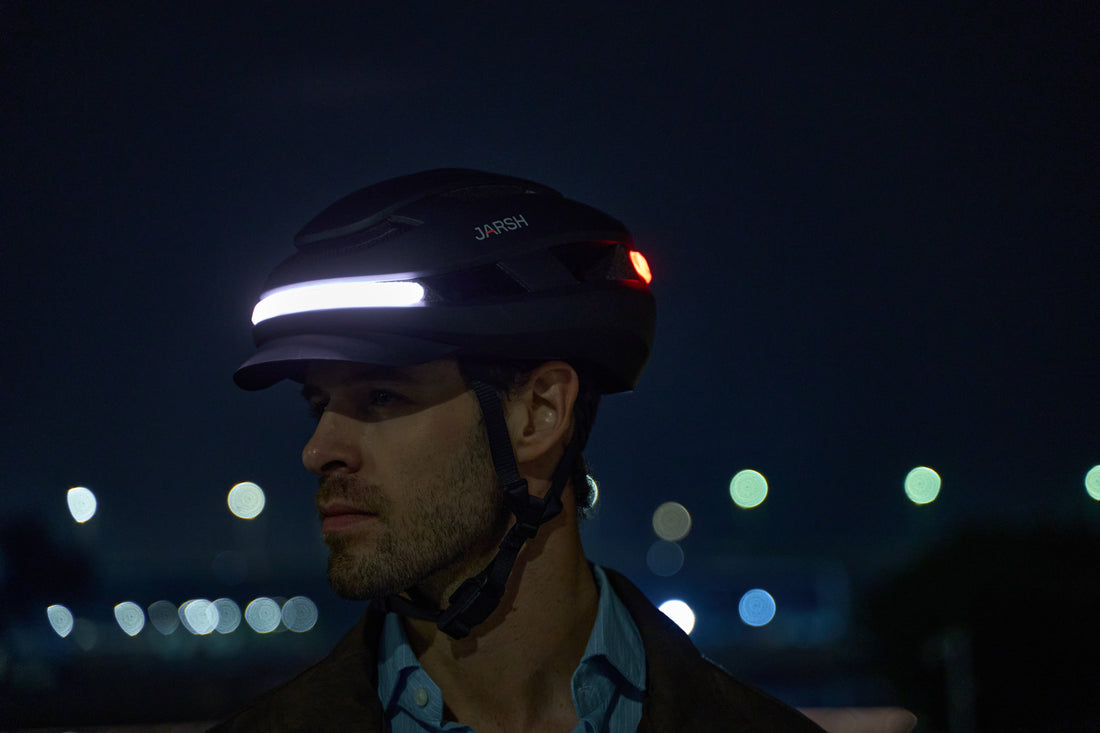
Urban Cycling Safety: The Statistics You Need to Know
Share
Published: March 25, 2025 | Reading Time: 6 min
The Rise of Urban Cycling
The past five years have seen an unprecedented 43% increase in urban cycling across major metropolitan areas. This surge, driven by environmental consciousness, fitness goals, and the desire to avoid congested public transportation, has transformed city streets worldwide. However, with more cyclists sharing roads primarily designed for automobiles, safety concerns have rightfully moved to the forefront of urban planning discussions.
Understanding the Risk Landscape
Recent data from the Urban Transportation Safety Institute reveals some sobering statistics:
- 67% of cycling incidents occur at intersections
- 78% of serious cycling injuries involve head trauma
- 40% of cycling fatalities occur between 6 PM and 9 PM (reduced visibility)
- E-bike riders experience 23% more accidents resulting in injury than traditional cyclists
What's particularly noteworthy is that while overall cycling trip numbers have increased, the per-rider accident rate has remained relatively stable. This suggests that infrastructure improvements and greater awareness among drivers are having a positive impact.
The Helmet Effect: Beyond Debate
The evidence supporting helmet use is overwhelming:
- Properly worn helmets reduce the risk of head injury by 63-88%
- The risk of severe brain injury is reduced by 75% when wearing a certified helmet
- Facial injuries are reduced by 65% with full-coverage helmets
However, a troubling statistic remains: only 55% of urban cyclists consistently wear helmets. When surveyed about reasons for not wearing helmets, responses typically fall into three categories:
- Comfort issues (37%)
- Convenience/storage problems (29%)
- Aesthetic concerns (24%)
The Speed Factor: E-Bikes Change the Equation
The growing popularity of e-bikes has introduced new safety considerations. With average speeds increasing from 12-14 km/h for traditional cyclists to 20-25 km/h for e-bike riders, the physics of potential impacts change significantly.
At higher speeds:
- Impact forces increase exponentially
- Reaction time becomes more critical
- Standard helmet certifications may not provide adequate protection
This is why newer standards like NTA-8776 for e-bike helmets are becoming increasingly important. These standards test helmets at higher impact velocities that better represent e-bike accident scenarios.
Visibility: The Overlooked Safety Factor
While much attention focuses on impact protection, visibility remains critically important yet often overlooked:
- Cyclists with active lighting are 47% less likely to be involved in a collision
- 360° visibility (front, side, and rear lighting) reduces intersection accidents by 38%
- Adaptive lighting that responds to ambient conditions improves driver reaction time by 0.8 seconds on average
The Urban Safety Equation
When we analyze the data, the formula for maximizing urban cycling safety becomes clear:
Safety = Proper Helmet + Visibility + Infrastructure + Awareness
While infrastructure and awareness are collective responsibilities that require advocacy and policy changes, proper helmets and visibility are individual choices that can immediately and dramatically improve personal safety.
Moving Forward: Making Smart Choices
As urban cycling continues to grow, making informed decisions about safety equipment becomes increasingly important. The data clearly shows that the right helmet—one that offers certified protection for your riding style, enhances visibility, and addresses common comfort concerns—is the single most effective personal safety investment any cyclist can make.
The evolution of helmet design has finally reached a point where protection no longer requires compromise. Modern helmets that integrate advanced safety features with comfort and convenience remove the traditional barriers to consistent helmet use.
For the growing community of urban cyclists, this is welcome news. The statistics clearly show that when safety equipment evolves to meet real-world needs, more riders make the smart choice—and everyone benefits from safer streets.
Looking for a helmet that addresses all the safety factors mentioned in this article? Learn more about JARSH Commute and how it's redefining urban cycling safety.
